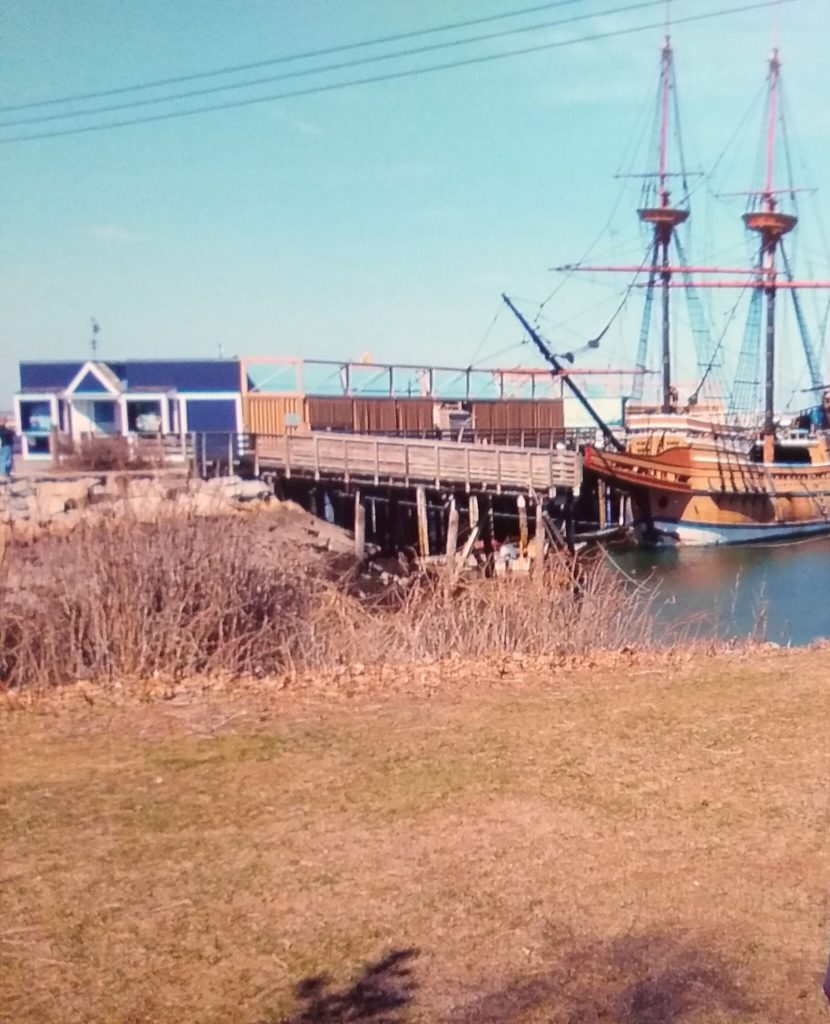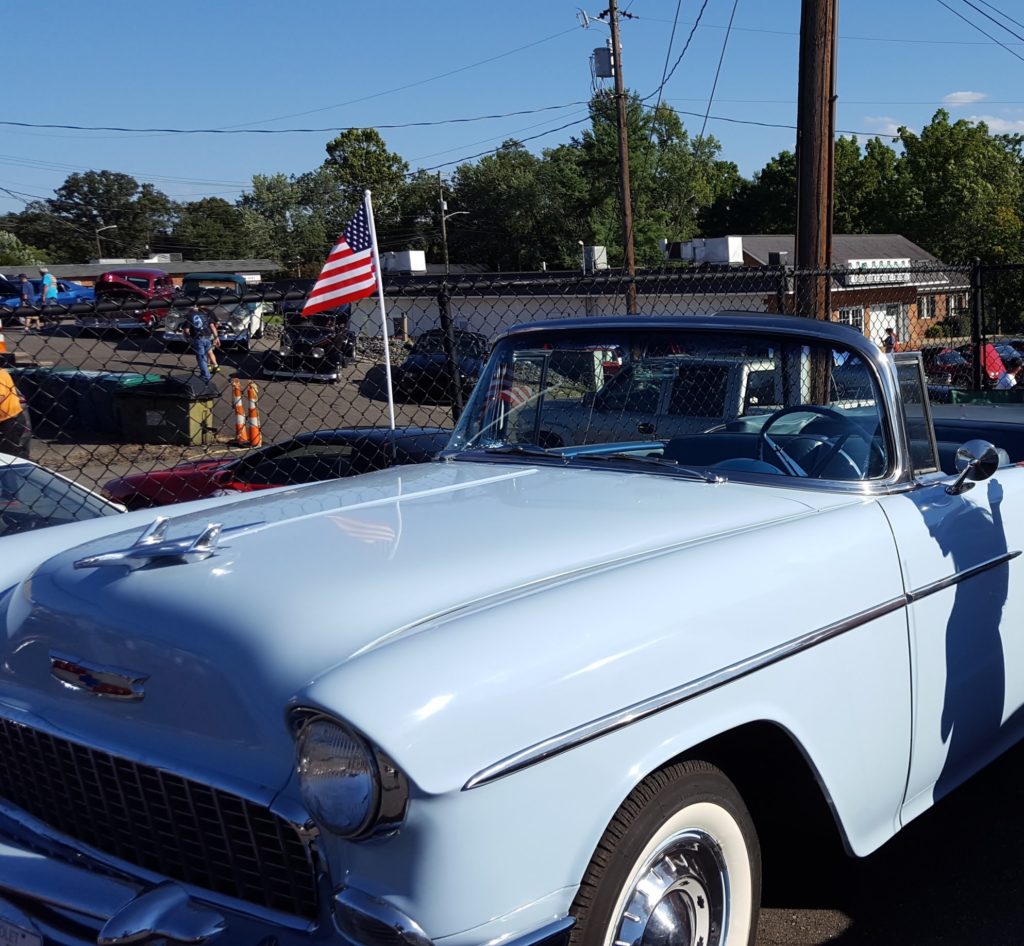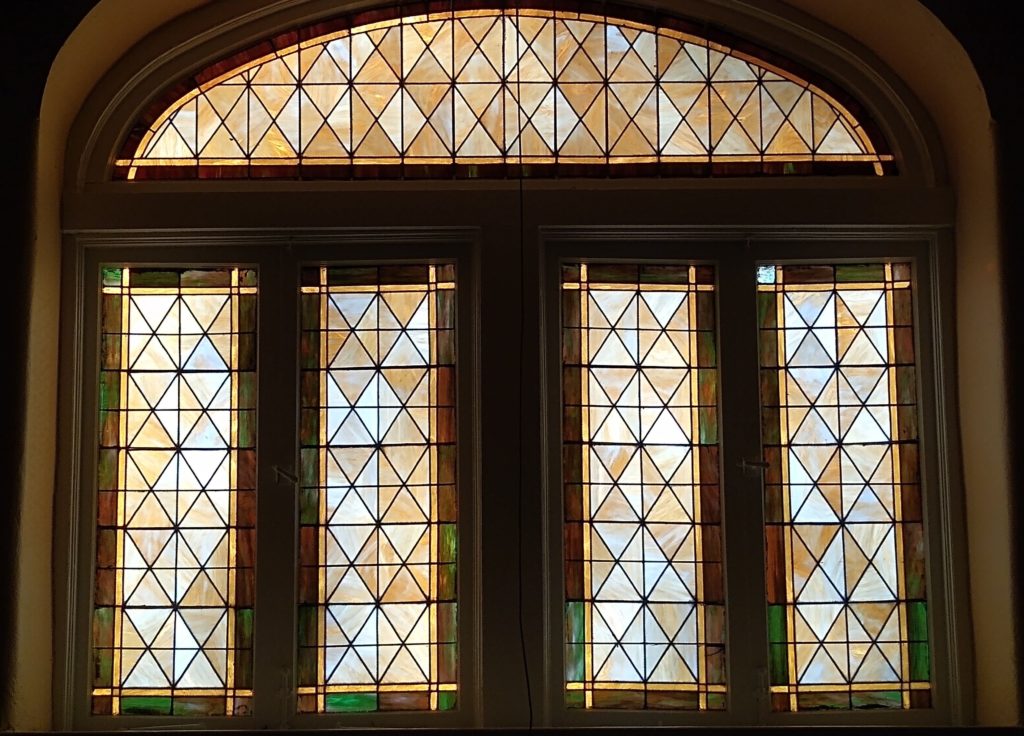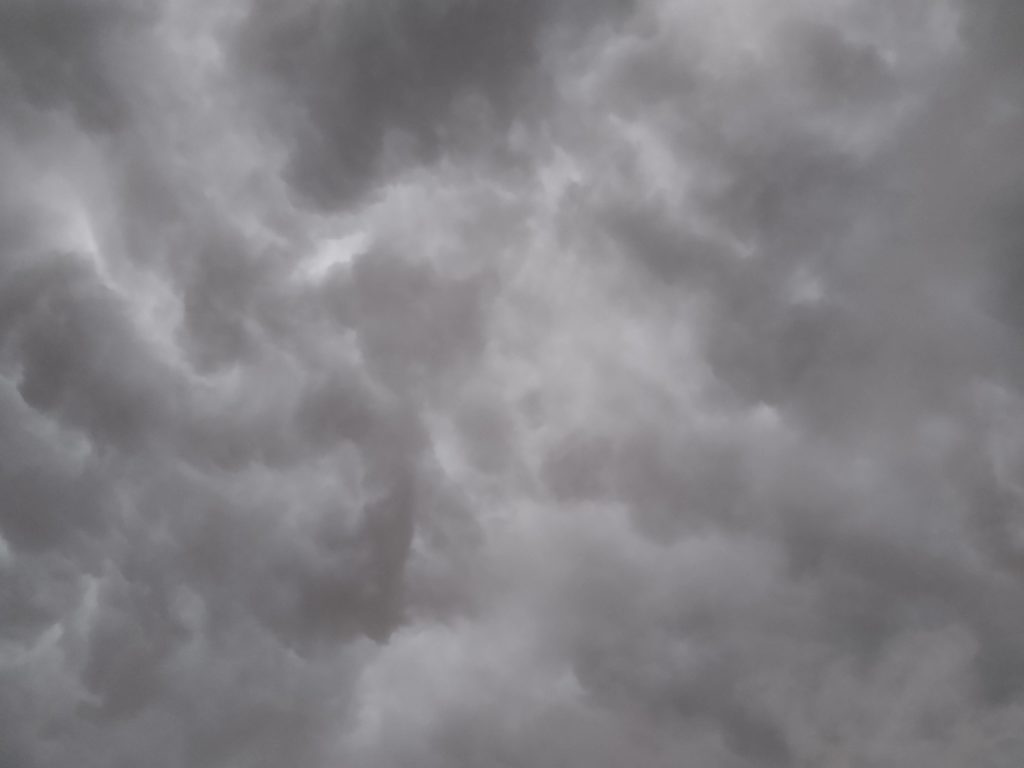My wife and I drove our rental car past a Church sign in Delaware.
Canaan Baptist Church
It was Saturday and our flight was scheduled for tomorrow, Sunday afternoon.
“Do you think we have time to go to church?” she asked.
“Oh, probably.” I replied.
She pulled out her cell phone and began searching for the church service times and more information.
“Well,” she said, “we’ll have plenty of time to go.”
“Oh good, we might as well.”
“But,” she said smirking, “we might stand out a little bit.”
She began showing me pictures of the church’s worship service. The pictures showed a happy (and huge) congregation of Christians singing, serving, and worshiping.
And there was not a white Christian in sight.
But Church is Church, regardless of skin color. But we decided that what would stand out more than our skin color was our wardrobe. Our t-shirts and jeans just wouldn’t do. This church was more of a suit with cufflinks and dresses with white gloves kind of place.
Like a sign from God himself, we drove at that very moment past a Salvation Army Thrift store. We found a dress for her and a suit for me. All for the balmy price of $28.
The next day, we pulled into the parking lot of Canaan Baptist Church. Right away, we knew we were in trouble, but not for any skin-color reason. My Salvation Army suit didn’t seem to make the cut. Everybody was dressed to the nines. Fine pin stripes, cufflinks, Rolex watches, silk everything, diamond rings, designer dresses, white gloves; we were woefully underdressed. But it really didn’t matter.
When the doors opened there was no hesitation. Fine folks immediately welcomed us with smiling faces and strong handshakes. The building was packed. We were greeted by no less than a dozen people on our way to our seats.
The usher pushed and shouldered through the God-fearing crowd, to find us wayward guests a couple of seats. I gazed at the pew to which the kind usher had appointed us.
Third row in the front.
Smack in the middle.
As we sat down, the sun shone in through the nearby stained-glass window and landed on us like a spotlight. I began feeling even more out of place.
But soon the service started with a rumble. All of my self-centered thoughts floated away. The choir stood up, adorned with glorious hats. The organ warbled. A jazzy bass player thumped out his notes. And the tisk tisk of the snare drum rounded it out. At that moment, it didn’t matter who we were; we all clapped and sang. They pumped out song after song, one after another with no pause or transition. The choir was unstoppable—swaying back and forth, praising God above. The organist bounced up and down on her bench. The only guy in the place without a suit jacket and tie was the bassist, and he needed all the ventilation he could get. The entire pastoral staff and church leadership clapped and sang on the platform. Then, as the last song started to wind down, the pastor shimmied over to the podium and helped the choir finish the song.
He gripped the pulpit with white knuckles and the preaching started. He opened the Bible and read several verses, “amen” being cried from the other church leaders, seated behind him. He made his points with power and inflection. The entire auditorium of congregants were involved in the worship of God. Each spoke their, “amen!” and “that’s right!” and “come on!” and “bring it, pastor!” By the time the message was over, we were unified in our worship and involvement in the service.
I had never been so close to a group of people so different than myself. And it was a beautiful thing—a perfect and life-altering moment shared with another culture.
What can be said of America’s racial tension that has not already been said? In my quest to remember America’s goodness, I think about the variety of people in this nation. With so many people groups and a seemingly endless spectrum of cultures, it really shouldn’t surprise us that there would be tension.
There has been much talk recently of systemic racism. And honestly, I am not in the position to speak at length about such an important topic. Does engrained and potent racism flow systemically through the bowels of our country, poisoning the very roots of who we are?
I have no idea. But I have seen racism. And I have seen hatred.
Tension is one thing. We can work with tension.
But racism? Appalling.
A hatred for any people group, is simply shameful. And we all know it when we see it.
So how do we fix this shameful behavior?
Spotting such ingrained behavior in my own life was tricky. But I really began noticing this pattern when I started traveling. It’s amazing how all the differences between such contrasting peoples simply melt away when we sit down for a meal in their home.
May I recommend boundary-widening experiences? May I beg of you one thing?
Travel—not to places and selfie-locations. But travel to people. Find them living their beautiful and different lives.
I have heard some say that they don’t, “see color.” But I do. God created us different. And those differences make us beautiful. Those differences are actually what bind us together.
I believe it was Michelle Obama who said that, “it is hard to hate up close.”
In a world separated by cell phones and anonymity through the internet, what could be more foreign than experiencing another’s culture up close and personal?
And when we do reach out our hands grasping for those new cultures, the people beyond that boundary generally welcome us with open embraces. We fought the Civil War. Dr King cried out for Freedom. And we came out of the other side cleansed with fire. So when we walked into that welcoming church is Delaware, America the Healing took over. And the two drastically differing peoples were able to stand side-by-side, united by a hard past, a bright future, and the desire to worship the same God. Racism cannot exist in an environment of loving closeness.
So we fight for it—every day.
In this way, America is good.
anthony forrest
Keep up with the rest of the series:
Part 1: America the Good
Part 2:America the Broken





